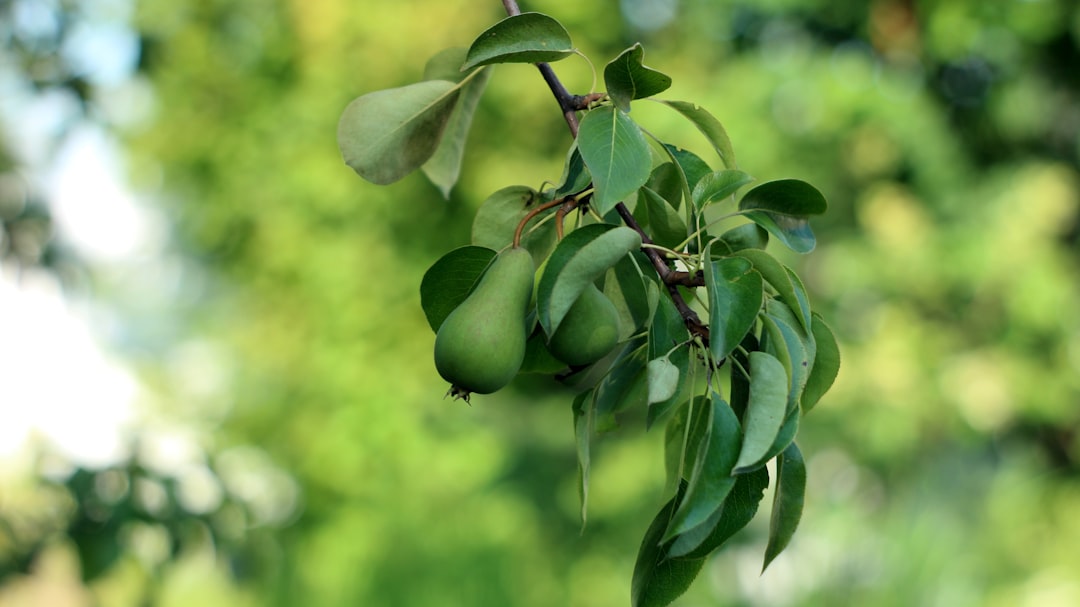Unleashing the Potential of Winter Sowing for Your Edible Garden

Winter sowing is a revolutionary technique in the world of edible gardening. It presents a unique opportunity for gardeners to get a head - start on the growing season by planting cold - tolerant vegetables, herbs, and native plant seeds much earlier than traditional methods allow. In this article, we will explore the best methods for sowing seeds outdoors in winter and the types of seeds that are most suitable for this approach.
One of the primary advantages of winter sowing is that it mimics the natural cycle of plants. Many seeds in the wild go through a period of cold stratification during the winter months. This cold exposure helps to break the seed's dormancy and prepares it for germination when the conditions are right in the spring. By winter sowing, we are essentially replicating this natural process in our gardens.
When it comes to choosing the right containers for winter sowing, there are several options available. You can use recycled plastic containers such as milk jugs, soda bottles, or take - out containers. These containers are not only cost - effective but also provide a good environment for the seeds. Cut the container in half, leaving a hinge on one side. This allows you to easily open and close the container to check on the seeds and provide ventilation.
Next, you need to prepare the growing medium. A good quality seed - starting mix is recommended. It should be light, well - draining, and rich in organic matter. Fill the bottom half of the container with the growing medium, leaving about an inch of space at the top. Moisten the soil before sowing the seeds. This will ensure that the seeds have the right amount of moisture to start germinating.
Now, let's talk about the types of seeds that are suitable for winter sowing. Cold - tolerant vegetables like lettuce, spinach, kale, and broccoli are excellent choices. These vegetables can withstand colder temperatures and will be ready for harvest earlier in the season. Herbs such as parsley, cilantro, and chives also do well with winter sowing. Native plant seeds are another great option. They are adapted to the local climate and soil conditions, making them more likely to thrive.
When sowing the seeds, follow the instructions on the seed packet for the appropriate depth and spacing. In general, smaller seeds should be sown on the surface of the soil and lightly pressed in, while larger seeds can be planted a bit deeper. After sowing the seeds, close the container and use duct tape or a similar material to seal the edges. This will help to keep the moisture in and protect the seeds from harsh winter weather.
Place the containers outside in a location that receives some sunlight. A south - facing window ledge or a spot in the garden that gets a few hours of sun each day is ideal. The seeds will remain dormant during the cold winter months, but as the temperature begins to rise in the spring, they will start to germinate. Once the seedlings have emerged, you can gradually acclimate them to the outside environment by opening the container for short periods each day.
As the seedlings grow, you may need to thin them out. This means removing some of the weaker seedlings to give the stronger ones more space to grow. Use a pair of small scissors or tweezers to carefully snip off the unwanted seedlings at the soil level. This will prevent overcrowding and ensure that each plant has enough nutrients and space to develop properly.
Water the seedlings regularly, but be careful not to over - water. The soil should be kept moist but not waterlogged. You can use a spray bottle to mist the soil if it starts to dry out. As the weather warms up further, you can transplant the seedlings into your garden beds or larger containers.
Winter sowing also has environmental benefits. By using recycled containers, you are reducing waste and contributing to a more sustainable gardening practice. Additionally, growing your own food at home reduces the need for transportation and packaging associated with store - bought produce, which is better for the planet.
In conclusion, winter sowing is a wonderful technique for edible gardening. It allows you to enjoy fresh vegetables and herbs earlier in the season, while also providing a fun and rewarding gardening experience. With the right containers, seeds, and care, you can successfully winter sow and have a bountiful harvest in your edible garden.